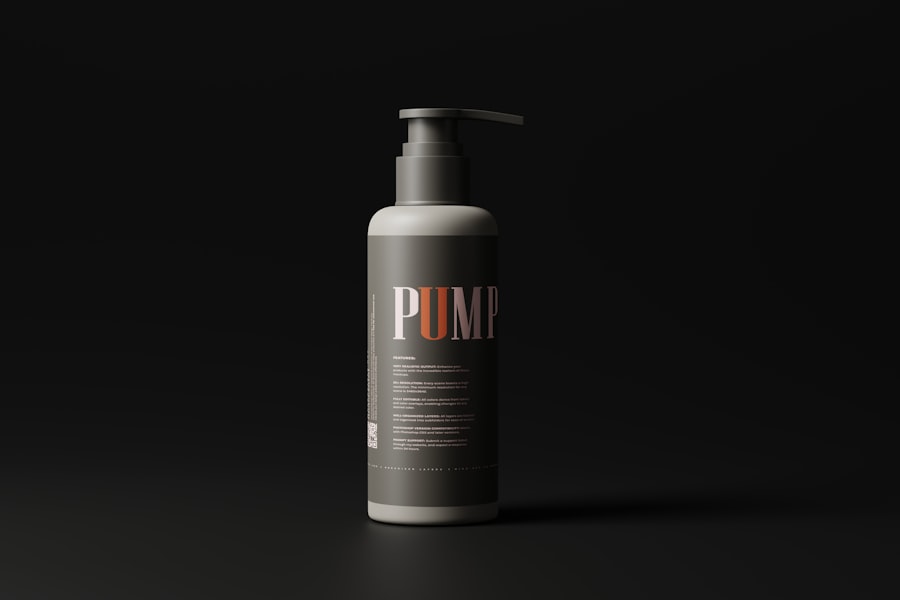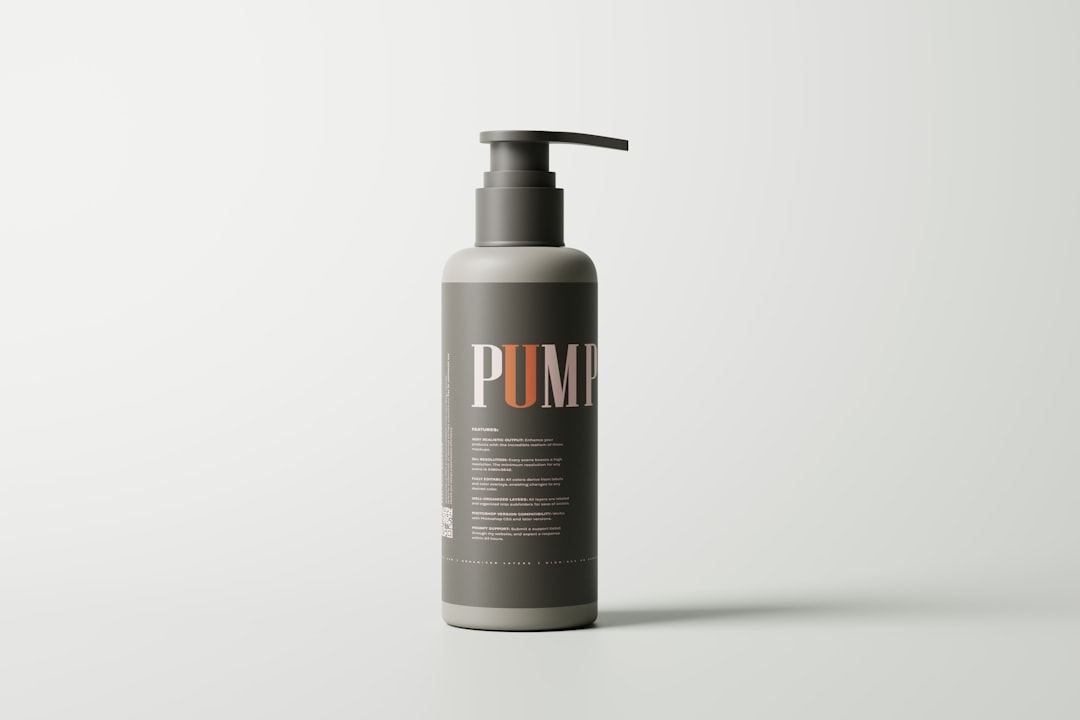After undergoing a laser hair removal treatment, it’s essential to grasp the significance of the aftercare process. This phase is crucial for ensuring that your skin heals properly and that you achieve the best possible results from the procedure. You may find that your skin feels sensitive or slightly irritated immediately after the treatment, which is entirely normal.
Understanding what to expect during this time can help you navigate the aftercare process with confidence and ease. The aftercare process typically begins right after your session. You should be aware that your skin may exhibit some redness or swelling, similar to a mild sunburn.
This reaction is temporary and usually subsides within a few hours to a couple of days. To facilitate healing, it’s advisable to avoid hot showers, saunas, or intense workouts for at least 24 hours post-treatment. Keeping your skin cool and calm will help minimize discomfort and promote a smoother recovery.
Key Takeaways
- Understanding the aftercare process is crucial for successful laser hair removal.
- Preventing infections and complications is important by following proper aftercare instructions.
- Managing discomfort and redness can be done with the help of recommended products and techniques.
- Protecting the skin from sun exposure is essential to avoid complications and maintain results.
- Extending the longevity of results can be achieved by following a proper skincare routine and avoiding certain activities.
Preventing Infections and Complications
Preventing infections and complications is a vital aspect of the aftercare process following laser hair removal. Your skin is more vulnerable immediately after the treatment, making it essential to take proactive measures to protect it. One of the most effective ways to prevent infection is by keeping the treated area clean and dry.
You should gently cleanse the area with mild soap and lukewarm water, avoiding any scrubbing or harsh chemicals that could exacerbate irritation. In addition to maintaining cleanliness, it’s crucial to avoid touching or scratching the treated area. Your hands can carry bacteria that may lead to infections, so keeping your fingers away from your skin is paramount.
If you notice any unusual symptoms, such as increased redness, swelling, or pus, it’s important to contact your healthcare provider promptly. They can assess the situation and provide guidance on how to manage any potential complications effectively.
Managing Discomfort and Redness
Managing discomfort and redness after laser hair removal is an important part of your recovery journey. While some level of discomfort is expected, there are several strategies you can employ to alleviate any pain or irritation you may experience. Applying a cold compress to the treated area can provide immediate relief by reducing inflammation and soothing the skin.
You might find that this simple method helps you feel more comfortable in the hours following your treatment. Over-the-counter pain relievers, such as ibuprofen or acetaminophen, can also be beneficial in managing discomfort. However, it’s essential to consult with your healthcare provider before taking any medication to ensure it’s appropriate for your situation.
Additionally, you should avoid using ice directly on your skin, as this can cause further irritation. Instead, opt for a soft cloth or gel pack wrapped in a towel to protect your skin while still providing cooling relief.
Protecting the Skin from Sun Exposure
| Factors | Recommendations |
|---|---|
| Sunscreen | Use a broad-spectrum sunscreen with SPF 30 or higher |
| Clothing | Wear protective clothing, such as long-sleeved shirts and wide-brimmed hats |
| Shade | Seek shade during peak sun hours (10am-4pm) |
| Sunglasses | Wear sunglasses that block UV rays |
| Avoid tanning beds | Avoid using tanning beds and sunlamps |
Protecting your skin from sun exposure is critical after laser hair removal, as your skin will be particularly sensitive to UV rays during this time. Sun exposure can lead to complications such as hyperpigmentation or prolonged redness, which can hinder your healing process and affect the overall results of your treatment. To safeguard your skin, it’s advisable to avoid direct sunlight for at least two weeks following your session.
When you do need to go outside, wearing protective clothing such as long sleeves and wide-brimmed hats can help shield your skin from harmful rays. Additionally, applying a broad-spectrum sunscreen with an SPF of 30 or higher is essential for protecting the treated area. You should reapply sunscreen every two hours if you’re spending extended periods outdoors.
By taking these precautions, you can significantly reduce the risk of sun damage and ensure that your skin heals properly.
Extending the Longevity of Results
To extend the longevity of your laser hair removal results, it’s important to follow specific guidelines that promote lasting effects. One key factor is adhering to the recommended treatment schedule provided by your practitioner. Laser hair removal typically requires multiple sessions for optimal results, as hair grows in cycles and not all hair is in the same growth phase at once.
By attending all scheduled appointments, you can ensure that you target hair effectively during its active growth phase. In addition to maintaining your treatment schedule, adopting a healthy lifestyle can also contribute to prolonging your results. Staying hydrated by drinking plenty of water helps keep your skin healthy and resilient.
A balanced diet rich in vitamins and minerals supports overall skin health and can enhance the effectiveness of your treatments. Regular exercise promotes circulation and can aid in faster healing, making it an excellent addition to your post-treatment routine.
Minimizing the Risk of Hyperpigmentation

Minimizing the risk of hyperpigmentation is crucial after laser hair removal, especially for individuals with darker skin tones who may be more susceptible to this condition.
To reduce this risk, it’s essential to follow proper aftercare guidelines diligently.
One effective strategy is to avoid sun exposure as much as possible during the healing process. As mentioned earlier, wearing sunscreen with a high SPF is vital for protecting your skin from UV rays that can exacerbate hyperpigmentation. Additionally, consider incorporating products containing ingredients like vitamin C or niacinamide into your skincare routine, as these can help brighten the skin and even out tone over time.
Consulting with a dermatologist about suitable products for your skin type can provide further guidance on minimizing hyperpigmentation risks.
Following a Proper Skincare Routine
Following a proper skincare routine after laser hair removal is essential for promoting healing and maintaining healthy skin. After treatment, you should focus on gentle cleansing and moisturizing to support your skin’s recovery process. Opt for mild cleansers that won’t strip away natural oils or irritate sensitive areas.
Avoid products containing alcohol or strong fragrances, as these can lead to further irritation. Moisturizing is equally important in your post-treatment skincare regimen. Look for soothing creams or lotions that contain hydrating ingredients like aloe vera or hyaluronic acid.
These ingredients can help calm inflammation and keep your skin hydrated during the healing process. Additionally, consider incorporating a gentle exfoliation routine once your skin has fully healed—typically after about two weeks—to promote cell turnover and maintain smoothness without causing irritation.
Ensuring the Success of Laser Hair Removal
Ensuring the success of laser hair removal involves a combination of proper aftercare and ongoing maintenance practices. One of the most critical aspects is maintaining open communication with your practitioner throughout the process. If you have any concerns or questions about your treatment or recovery, don’t hesitate to reach out for guidance.
Your practitioner can provide personalized advice based on your unique skin type and treatment history. Moreover, staying informed about what to expect during each stage of the process will empower you to take charge of your aftercare effectively. By following all recommended guidelines—such as avoiding sun exposure, adhering to treatment schedules, and maintaining a proper skincare routine—you’ll be well on your way to achieving long-lasting results from your laser hair removal journey.
Remember that patience is key; while results may not be immediate, consistent care will ultimately lead to smoother, hair-free skin that you can confidently show off for years to come.
If you are interested in learning more about aftercare for laser hair removal, you may want to check out this article on





